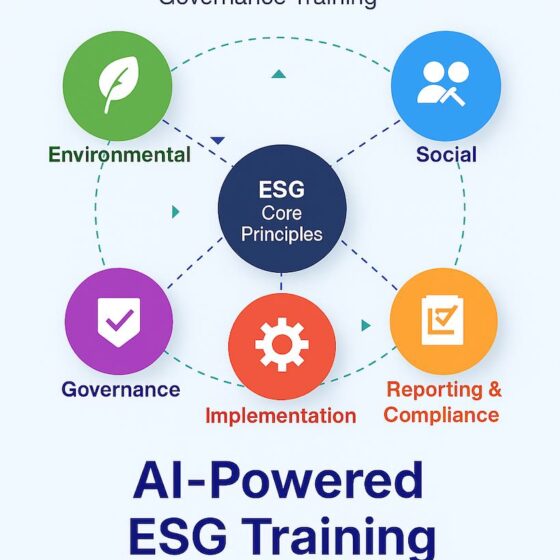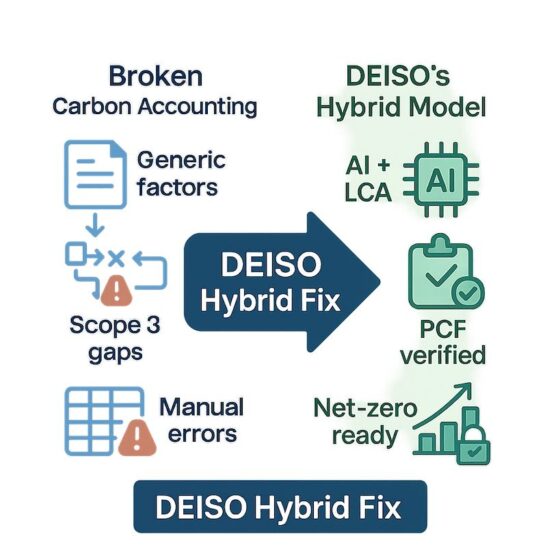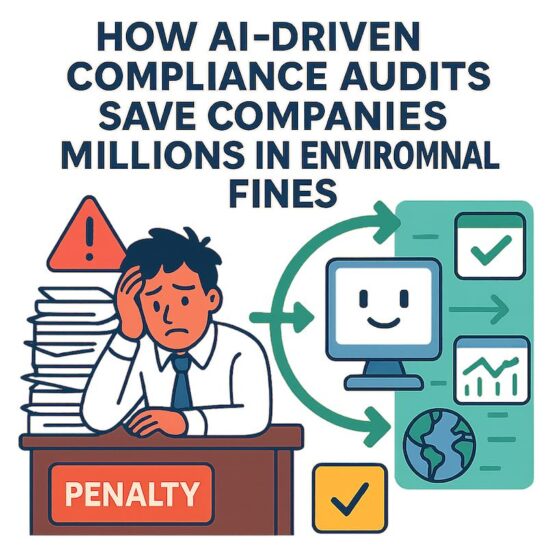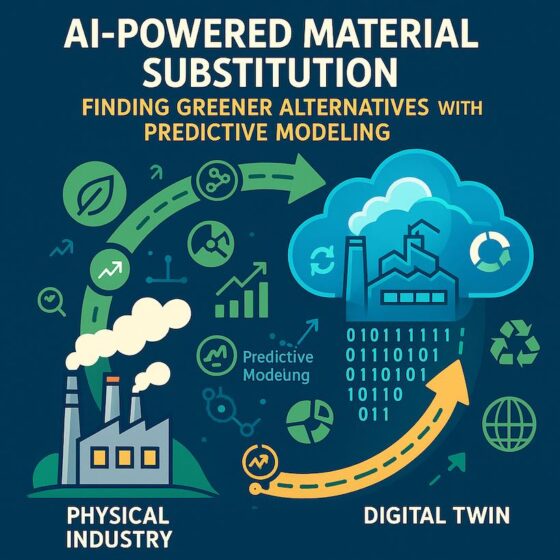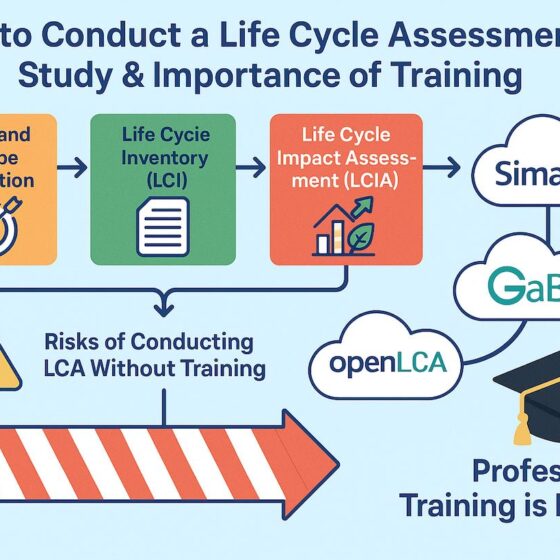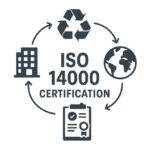Unlock Sustainability, Productivity, and Efficiency with DEISO’s FREE Toolkit
Use DEISO ToolKIT Free ✅ Unlock Sustainability, Productivity, and Efficiency with DEISO's Free ToolkitAt DEISO, we believe powerful tools shouldn't come with a heavy price tag or technical hurdles. That's why we created DEISO Tool Kit Free — a growing suite of smart, browser-based tools built to make your sustainability work, academic writing, ESG strategy, and digital productivity faster, easier, and totally free.Whether you're conducting an LCA, planning a research paper, or optimizing ESG priorities, these tools are designed for…
Read more🎉 Mirai AI Pro Just Got Smarter with Version 3.3.2!
WhatsApp — fast, friendly, and ready to help you!📩 Contact: info@deiso.co.jp
Read moreDEISO’s ESG Training: Building Asia’s Next Generation of Leaders
Section 2: The Data Behind the Shift – Trends Shaping ESG CareersThe surge in ESG awareness is no longer theoretical—it's showing up in hiring trends, corporate structures, and board-level priorities.In the past three years alone, ESG-related job postings in Asia have increased by over 230%. Titles such as "Sustainability Officer," "ESG Data Analyst," and "Responsible Investment Manager" are becoming core roles across finance, manufacturing, technology, and even the public sector.A recent survey revealed that 7 out of 10 HR managers…
Read moreWhy Carbon Accounting Fails—and How DEISO’s Hybrid Model Fixes It
🟩 Section 3: DEISO’s Hybrid Model — Strategic, Verified, IntelligentAt DEISO, we believe carbon accounting must evolve from a passive report card to a proactive strategy. Our hybrid model combines three critical layers:Life Cycle Assessment (LCA) & Product Carbon Footprinting (PCF):Grounded in ISO 14067 and EN 15804, we calculate accurate cradle-to-gate or cradle-to-grave emissions using global databases such as ecoinvent, Sphera/GaBi, and Agribalyse.AI-Driven Emissions Data Intelligence:DEISO’s proprietary AI extracts, classifies, and updates emission factors from diverse sources, including scientific journals,…
Read moreHow AI-Driven Compliance Audits Save Companies Millions in Environmental Fines
Section 2: What Are AI-Driven Compliance Audits?AI-driven compliance audits, as delivered by DEISO, are not generic automation tools—they are intelligent, sector-customized systems that continuously interpret regulatory changes, monitor environmental indicators, and predict potential non-conformities. These audits go beyond detection; they create actionable insight streams integrated across your LCA, GHG, and ESG platforms.At the core of DEISO’s solution is DEISO Predict™, our proprietary AI audit engine, designed to anticipate risks and automate alignment with environmental regulations, including ISO 14001, REACH, EN…
Read moreAI-Powered Material Substitution: Finding Greener Alternatives with Predictive Modeling
Section 2: What Exactly is a Digital Twin in the Context of Sustainability?At its core, a digital twin is a real-time virtual model of a physical object, system, or process. But unlike static 3D models or simple simulations, a digital twin is dynamic—it continuously integrates data from sensors, systems, and operations to reflect the actual, evolving state of its real-world counterpart.In the context of sustainability, a digital twin goes far beyond engineering performance. It becomes a “living environmental model”—capable of…
Read moreHow to Conduct an LCA Study – Why Training Is a Must
Section 1: Introduction – The Rising Demand for Accurate Life Cycle Assessment (LCA)Life Cycle Assessment (LCA) has become a strategic imperative for forward-thinking organizations aiming to meet environmental standards, achieve ESG objectives, and create genuinely sustainable products. But here’s the overlooked truth: without proper training, conducting an LCA may cause more harm than good.Even with access to powerful tools like SimaPro, GaBi, and openLCA, users can easily make critical mistakes. A misstep in data selection, a poorly defined system boundary,…
Read moreTop Sustainability Reporting Standards Explained: GRI, CDP, SASB, and the Path to ESG Excellence
SECTION 1: Introduction — Why Sustainability Reporting Standards Matter NowIn today’s business landscape, sustainability is no longer optional—it’s strategic. Companies across sectors are under growing pressure from regulators, investors, and consumers to disclose their environmental, social, and governance (ESG) performance. But how exactly should this information be reported? Enter the world of sustainability reporting standards.Sustainability reporting standards provide the structure, credibility, and comparability that modern businesses need to communicate their environmental and social impacts transparently. Whether your goal is regulatory…
Read more





